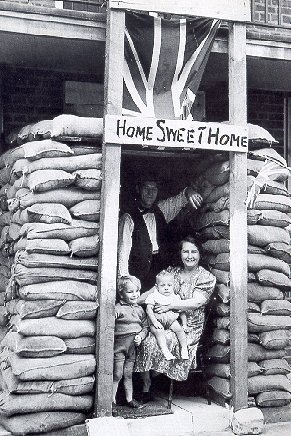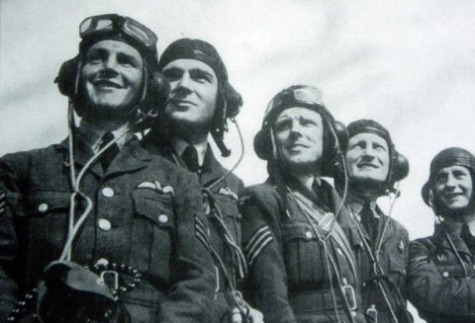

Much has been written about Britain's Military role in the Second World War. From the Outbreak of hostilities in 1939 to peace in 1945, accounts of Britain's early struggle through to her eventual victory are well documented.
But what of those left behind? Those civilians of the home front left to face their own hardships and the ever changing times. How did they cope with the restrictions of rationing? How did they come to terms with the frightening reality of air raid bombings? How did British women overcome male disdain and evolve from their recognised role of home makers to that of the working women of the 'Women's Royal Voluntary Service (WVS)', munitions factories, the 'Women's Land Army (WLA)' and the such like?
The 'Home Sweet Home Front' website has been designed to go some way to give insight into what it was really like for those heroes and heroines of the British home front during World War Two - click and enjoy!
Lorem ipsum dolor sit amet, consectetur adipisicing elit. Quo eius debitis enim, deserunt repellendus vitae odit natus optio. Nisi quod dolore ex eius voluptate accusantium rem ab maxime autem debitis!


The first large scale engagements were experienced in defence of Britain's mainland. Over 100 aircraft engaged. Spitfires and Hurricane's from Biggin Hill, Croydon and Manston were all involved. Losses on this day totaled Luftwaffe 13 and Fighter Command 3. The Weather was overcast with thunder and rain generally, clearing later with showers in the South East.
This was to be the beginning of what proved to be the Royal Air Force's finest hour.

General Claus Graf Schenk von Stauffenberg and a demoralised circle of army officers opposed to Hitler planned an attempt to assassinate him. After two attempts Stauffenberg was able to place a bomb in Hitler's Rastenburg headquarters, East Prussia but it failed to kill the dictator. A coup to take place simultaneously in Berlin failed and Stauffenberg and a few co-conspirators were summarily executed on the night 20 July 1944. Many more who were implicated in this plan were to perish as a result (including many innocent victims).
Hitler himself survived with his eardrums punctured, his right arm temporarily paralysed and his legs burnt.
The briefcase that contained the bomb, by pure luck, was moved by an officer seeking to get closer to a map that was being studied at the time.